
The Risk of Malariotherapy: A Story of Courage and Sacrifice
Malariotherapy was a medical technique used in the past to treat syphilis and other infectious diseases. It consisted of infecting a patient with malaria in order to treat his disease. In this article, the history of Malariotherapy will be explored, the repercussions it had on its patients and the medical advances that allowed its abandonment in favor of safer and more effective therapies.
MEDICINEHISTORYHEALTHPHARMACOLOGY
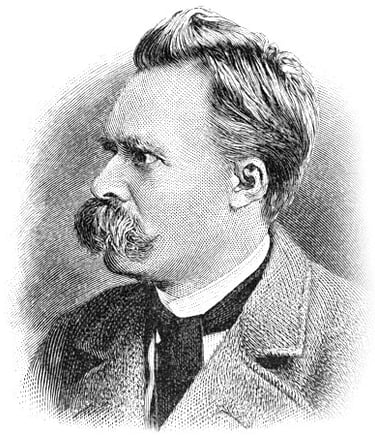

Back in the 19th century, syphilis, a sexually transmitted disease that today is treatable, was considered deadly and even claimed the life of one of the greatest thinkers of the time, the German philosopher Friedrich Nietzsche.
Friedrich Nietzsche
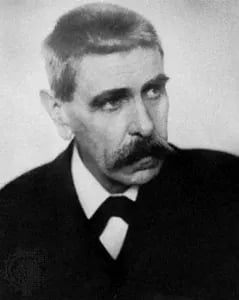

Julius Wagner-Jauregg
But there was a person totally obsessed with treating this disease, Dr. Julius Wagner Jauregg, who was a psychiatrist at the time. He had two unique abilities: he was good at identifying patterns, and what others considered <madness>, to him was merely <audacity>.
His specialty was patients with severe neurosyphilis, then a fatal disease for which no treatment was available.
He began to recognize a pattern: syphilis patients tended to recover if they had been unfortunate enough to have prolonged fever from an unrelated condition.
Wagner-Jauregg supposed that this was due to an intuition that had been there for centuries, but doctors did not fully understand: fever plays an important role in helping the body fight infection.
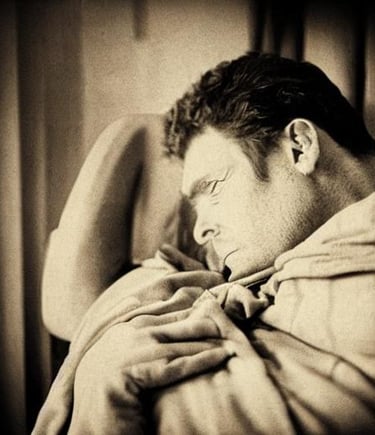

Photo by Wendy Scofield on Unsplash


So he came to the logical conclusion, and in the early 20th century, Wagner-Jauregg began injecting some patients with mild strains of typhoid, malaria, and smallpox to give them a fever high enough to kill off their syphilis.
That was as dangerous as one can imagine. Some of his patients died from the treatment.
After some tragic trial and error, his experiment worked.
Dr. Wagner-Jauregg was finally left with a mild version of malaria, which could be effectively counteracted with quinine after a few days of terrible fever.


Cinchona, plant from which Quinine is extracted. Image taken from Sutori
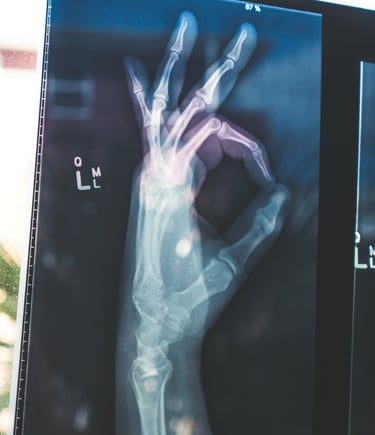

Photo by Owen Beard on Unsplash
Wagner-Jauregg reported that six out of ten syphilis patients treated with "Malariotherapy" recovered, this representing double compared to patients who were cured if the treatment was not applied.
This earned him the Nobel Prize in medicine in 1927. Currently, the Swedish institution indicates:
"The main work that Wagner-Jauregg occupied throughout his professional life was the effort to cure mental illnesses by causing fevers."
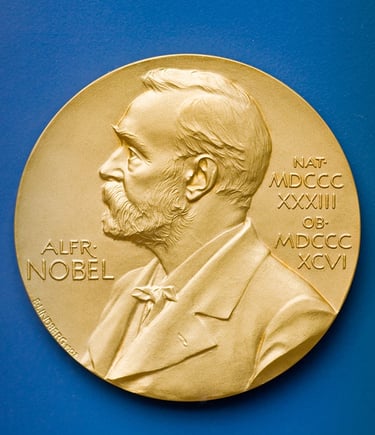

The front of the Nobel Prize medal. Photo: Alamy Stock Photo / Be&W
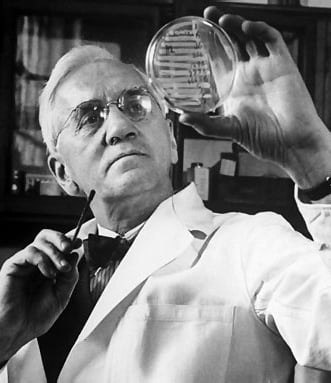

Alexander Fleming
Finally, the discovery of penicillin in 1928 by Alexander Fleming's research team ushered in the development of antibiotics.
Luckily for everyone leaving Malariotherapy and various other treatments to treat outdated bacterial infections.



